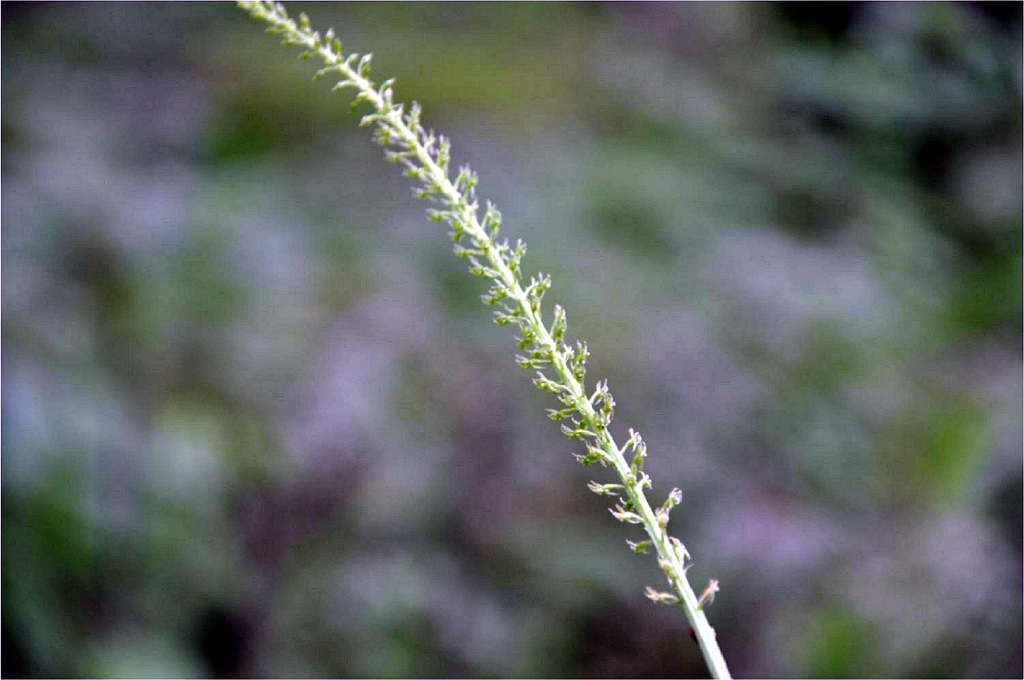
Malaxis muscifera (Fly Bearing Malaxis)
Malaxis muscifera, commonly known as the Fly Bearing Malaxis, is a delicate terrestrial orchid native to the high-altitude regions of the Great Himalayan National Park (GHNP). This plant is treasured not only for its rarity but also for its important role in traditional medicine and alpine ecology.
Habitat in the Great Himalayan National Park
The Fly Bearing Malaxis grows at elevations between 2,500 and 4,000 meters and thrives in:
-
Moist oak and coniferous forests
-
Shady alpine meadows
-
Rich, humus-laden soils
Within GHNP, it can be found in the Tirthan and Sainj valleys, typically blooming during the monsoon and early autumn months.
Botanical Description
-
Stem: Erect, slender, and slightly hairy
-
Leaves: Broad, smooth, and mostly basal
-
Flowers: Small, greenish to purple, arranged on a terminal spike
-
Unique Feature: Tiny flowers that resemble flies, which is why it’s called the Fly Bearing Malaxis
This visual mimicry is thought to help in attracting specific insect pollinators.
| English Name | Fly Bearing Malaxis |
| Local name | Not recorded |
| Botanical name | Malaxismuscifera |
| Family | Orchidaceae |
| Distribution | Common in forests, shrubberies & grassy slopes of the valley of GHNP |
| Description | It is a tiny terrestrial yellowish- green orchid, very numerous in a very slender rather lax upright spike 8-25cm, and leaves broad stalkless, paired unequal, arising towards the base of the stem. Flowers yellowish-green. Found at an altitude of 2500-4000m. |
| Flowering | July – August |
Medicinal and Cultural Importance
Malaxis muscifera is used in traditional Himalayan remedies to:
-
Reduce inflammation
-
Aid in wound healing
-
Act as a nervine tonic
-
Improve general vitality
Its therapeutic tubers are valued in both Ayurveda and Unani systems, though harvesting is now regulated to prevent extinction.
Conservation Challenges
Due to its medicinal value, this orchid has been heavily collected, leading to its classification as a vulnerable species. GHNP provides a sanctuary for it, but illegal collection, habitat degradation, and climate stress still threaten its survival. Conservationists advocate sustainable harvesting and awareness among local communities.



